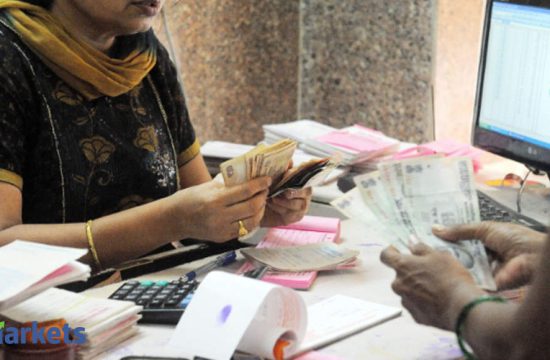
NEW DELHI: While the rally in domestic equities seems to have halted amid valuation concerns, seasoned fund managers say the future course for Dalal Street will depend what behavioural changes does Covid-19 leave behind on its wake.
“While the consensus view in the market was cautious, including ours, incremental positive news flow along with liquidity (global + retail) tilted the balance towards a steady climb over the last two months,†says Rahul Singh, a seasoned money manager and Chief Investment Officer for Equities at Tata Mutual Fund.
Incidentally, there has been a second round of lockdowns in many parts of India and the world, and markets are hopeful that central banks will keep their tap open, which will mean liquidity will be available at cheaper rates.
Saurabh Mukherjea, founder of Marcellus Investment Managers, says the stop-start lockdowns are ideal from a liquidity perspective. “Liquidity will be sloshing around abundantly for the next couple of years. that is good news from a financial markets perspective, be it stocks or bonds,†he said.
But the risks remain. The biggest question mark right now in the minds of anyone dabbling in stocks is: after the sharp rally disconnected from hard economic reality, which way will the market move?
One can confidently answer the question, but only guess. And their guesses are as good as yours.
Singh says answers to four basic questions will help investors make relatively more accurate guesses in the day ahead.
When will scared customers return?
When fear remains high and people are venturing out as less as possible, some companies are wondering if the loss in demand is going to stay for a while. According to an ET report, retailers in many cities reported about up to 40 per cent drop in demand in last few weeks. This came after a surge in activity due to pent up demand.
“Wherever stores were allowed to operate unhindered, we recovered to 80 per cent or more of pre-Covid sales in most stores. Discretionary consumption continues to be under pressure, especially in the non-FMCG categories. This is impacting gross margins negatively,†says Neville Noronha, CEO & MD of Avenue Supermarts in his earnings presentation.
Standalone shops vs malls?
The pandemic shuttered mega stores and presented an opportunity for local mom and pop stores to be more agile and respond to the customer service requirements. And they came to the fore, serving the needs of anxious customers.
But the question is will they be able to sustain their relevance in post-Covid world? If this happens, organised retail could feel the pinch going ahead. “Digital enablement will be needed for the small players to compete with the big one and telecom companies could play an active role there,†said Singh of Tata MF.
How long can rural demand keep up?
Cities have become the first virus hotspots, causing a slump in urban demand, but the rural economy is showing a lot of hope. Tractor sales jumped at a time when the auto industry was cutting production. Ratings agency ICRA expects the rural economy to partly counter the urban slowdown.
“The recovery in tractor sales in May 2020 suggests rural consumer confidence remained relatively insulated during the lockdown. Moreover, reverse migration of a large portion of migrant workers back to the rural areas suggested a shift in where consumption will take place at the bottom of the pyramid,†said Aditi Nayar, Principal Economist, ICRA.
Can we ignore the urban economy?
Analysts say urban consumption, especially from the top 10-20 cities, still forms a large part of consumer demand. Any recovery in the economy is heavily dependent on how urban centres manage to check the spread of the virus.
As job losses have been more severe in urban areas (urban unemployment rate at 10.7 per cent vs 7.3 per cent for rural; source: CMIE), their purchasing power has come down.
So, how much of an impact does an overall slowdown and income levels have on the economy?
One indication can be read from the downward revision of GDP growth rate. ICRA sharply revised its forecast for a contraction in Indian GDP in FY2021 to 9.5 per cent from 5 per cent, as more cities went into lockdown.









